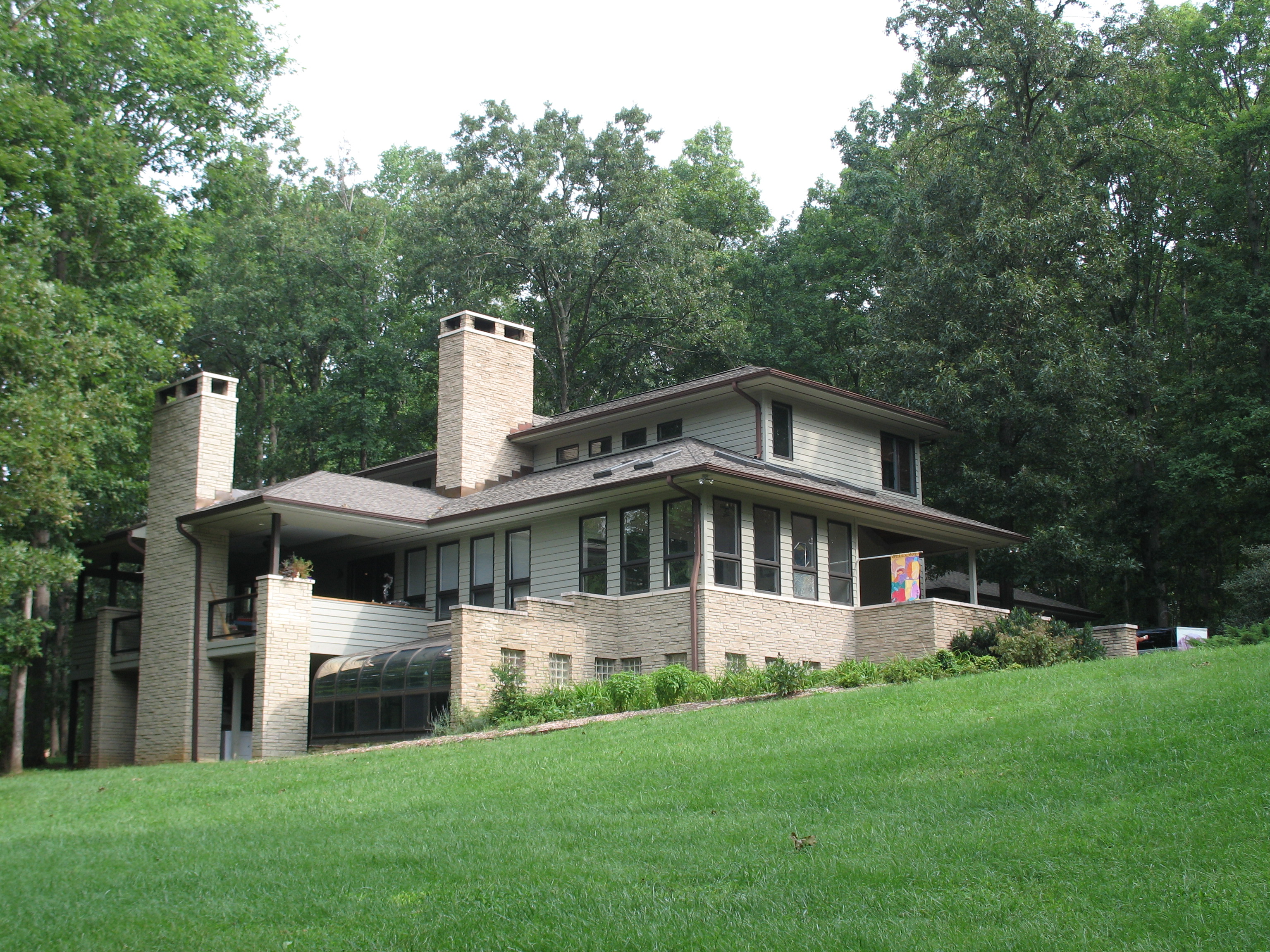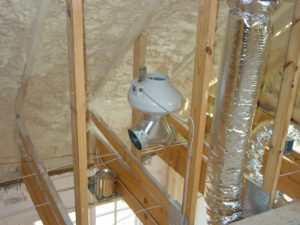by harrisonburgarchitect | Aug 24, 2014 | Building Science, Green Building

Solarize Harrisonburg is moving forward and big news was announced this past week. The RFP was issued. The advantage to being involved in Solarize Harrisonburg is the potential for your solar system being 30% off the traditional cost. Let us know what you think of the solarize movement in the comments below.
Some key dates moving forward are as follows:
1. RFP Issue Date: August 19, 2014
2. Proposals Due: September 11th, 2014 by 4:59pm
3. Selection Committee Meeting: Week of September 15, 2014
4. Notice of Intent to Award: September 22, 2014
5. Contract Negotiations Completed: September 24. 2014
6. Deadline for new participants to sign up: October 31, 2014
7. Deadline for all site visits to be completed: November 14, 2104
8. Deadline for all proposals to be provided to participants: November 21, 2014
9. Deadline for all signed contracts: December 12, 2014

by harrisonburgarchitect | Mar 14, 2013 | Building Science, Green Building, green term defined
Green Building continued:
The client is responsible for forming the best possible team to achieve the green building goals they, the client, sets for the project. In selecting your architect and contractor you must sort through the green washing that has become very prevalent in the construction industry. Your architect should have a proven understanding of building science as shown through past successful projects and appropriate certifications (Registered Architect, Construction Document Technologist, Certified Aging in Place Specialist, LEED Accredited Professional, and EarthCraft trained). Your contractor should have past experience building high performance homes, understand the team approach means all parties are involved through the entire project, and have an openness to innovative solutions.

A green home is one whose construction and lifetime operation assure the healthiest possible environment while representing the most efficient and least disruptive use of land, water, energy, and resources. Green building pays dividends to the home owner through lower monthly utility bills, healthy indoor air quality, low maintenance, and knowledge that you are having the minimal negative impact on future generations’ ability to achieve the same.


by harrisonburgarchitect | Mar 24, 2011 | citizen architect, Green Building
One of my favorite quotes in the architectural world, “design is the first sign of human intention” ~ William McDonough, sets the stage for how architecture should be approached. Architects should focus on delivering design that will save money, save energy, reduce environmental impacts, and serve the intended use to the best of their ability. It all starts with design: setting the right priorities and understanding the process.

Let’s examine this notion of design. Take a step back and look at the process of creating a family calendar, a list for the grocery store, a vacation itinerary; these are all your designs for these activities. So how does making a grocery list apply to designing a building? It is essentially the same process of designing a solution. You can scatter shoot and simply make a list of things needed, without any thought to how the items will best fit together. This process will waste your valuable time in the store. Or you design the most efficient solution to the problem keeping items on the same aisle grouped together on the list. In other words, you have to understand the process, materials, and members of the team to best design a solution that is most efficient. If you understand the store layout, know how the products are arranged, and know which cashier is most efficient, then you can maximize your investment, time, used to accomplish the task.

In designing a building, an architect is trained to maximize your investment through design. The architect understands the pieces of the puzzle, the materials, the efficiencies of systems, and the members of the project. While anyone can purchase a floor plan design software at a big box store and put rooms together, they don’t understand all the complex pieces of the puzzle. Builders can deliver a house that provides shelter, but can they make sure that the spaces function to optimal performance for daily living. I contend that only an architect can bring all the pieces together, understanding how to design the most efficient solution, how to best use the materials, how the integration of systems impact spaces, and how the roles of the team members impact the end product. Yes, hiring an architect will cost more on the front end, but you then can achieve the most efficient design that meets your goals. Hiring an architect will save you money through energy-efficiency, by using materials to the best of their means, and by creating space that meets your daily lifestyle goals. Hiring an architect is your first sign of intention that sets the standard for your project.

by cbhendricks | Jul 20, 2010 | Building Science, Green Building
Mixed Humid Climate – Closed Cell vs Open Cell Foam
I posed a question this week about mixed humid climates – closed cell vs open cell foam. In a mixed humid climate, do you use open cell foam exclusively or can you use closed cell in some limited places?
In speaking to a very experienced architect on the subject, he hands down believes that closed cell is the answer for the typical wall system design. My problem – I can only find science that refutes his claim.
Closed cell foam is a vapor barrier that will not let moisture flow through the wall system.
In our climate, where we have two seasons, we cannot have a vapor barrier. This is because it will produce moisture issues in the wall. The only way to prevent moisture issues is to include a dehumidification system as part of the HVAC design.
While I do want a dehumidification system in every project, we know they don’t always get installed due to budget cuts. However, the bigger issue is when the building is shut down for a few days. When people go on vacation and cut back the thermostat or schools are out for the summer the system is not running as designed. When this happens, you are going to have a mold problem. I cannot find any science to back up the claim that closed cell foam can be used here in our climate. If you want to give me some data, I would love to be able to achieve the higher R values that the product offers.


by cbhendricks | Jul 19, 2010 | Building Science, Green Building
There is a tremendous amount of information about going green on the news, television shows, and coming from corporate America. So how do you decide if “green” is right for you? Simple, do you like to save money, want to do less to maintain your home, want to use fewer resources to achieve the same goals? If you answered yes, then you are ready to go green. There are simple things that you can do to get started. Here are 10 steps to help you “go green.”
- Turn off the overhead lights and use lamps. Even better use LED or CFL bulbs.
- Use rechargeable batteries.
- Adjust your fridge temp to 37 degrees and your freezer to 0 degrees. While you’re at it, turn your thermostat back 1 degree.
- Recycle – it cost more to send something to a landfill than it does to recycle it. Do your locality a favor, don’t put it in the trash can.
- Print on both sides of the page.
- Fix any drips and install aerator on your faucets.
- Carpool or plan your trips to minimize driving – or even better, walk.
- Use reusable grocery bags – this will reduce the overhead of your favorite places to shop which will reduce their need to raise prices.
- Unplug or use a power strip – a television draws as much electricity turned off as a 60 watt light bulb does turned on.
- Shop local for everything from your food to your architect! Less driving is good on the pocketbook and putting money back into your local economy makes your community stronger.


by cbhendricks | Jul 18, 2010 | Building Science, Green Building
LEED – Cost vs Value
LEED (Green design) and construction does not cost more, quality costs more. When weighing cost vs value in green design it is important to evaluate quality requirements.

LEED provides some quality standards
In a meeting yesterday it was pointed out that LEED certification would cost more because it is very difficult. The conversation revolved around getting the sub-contractors to do the things that the LEED program requires. For instance, they are not allowed to stack / store all the HVAC ducts within the construction space. They have to bring a trailer to the site to store the materials to be in compliance with LEED standards. The result, the material is not “lost”, abused, dirty, and beat up upon installation. You could save money by allowing the material to become “lost”, abused, dirty, and beat up prior to installation, but do you want a lower quality product?
It costs more to do it right. It costs more if the contractor takes pride in their work. “Because that is the way we always do it” is not a valid answer. The lowest price is often lower, because of less skill, care, or quality. LEED does cost more in some cases, but typically, it adds value to the project. Yes LEED has major flaws that need to be overcome. LEED 2009 is beginning to address those issues. However, we need a standard to measure quality, and LEED is a good start.













